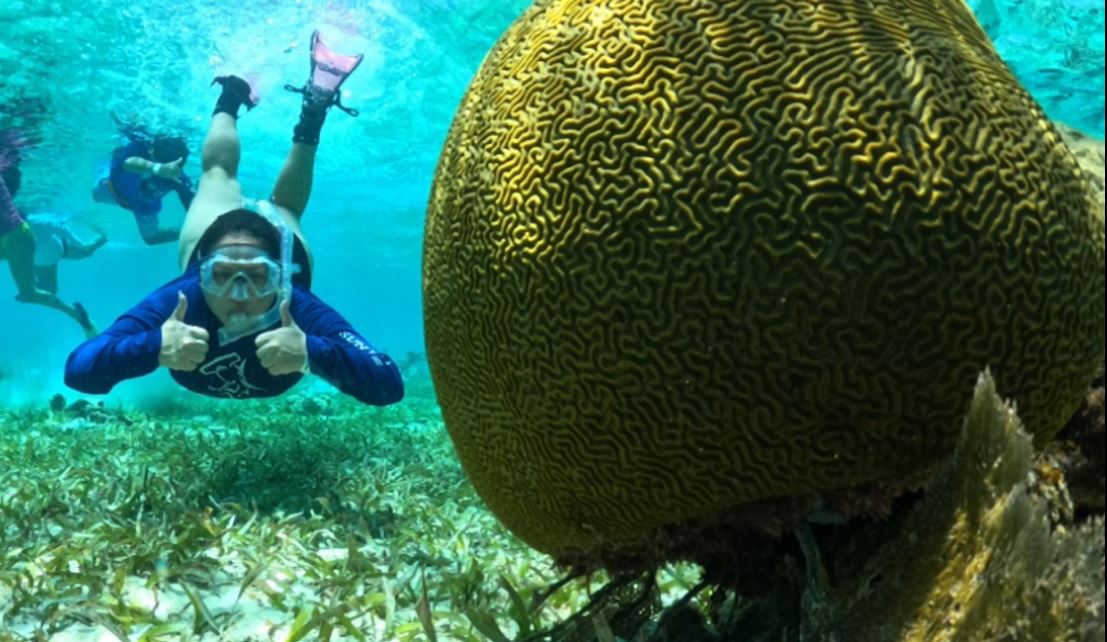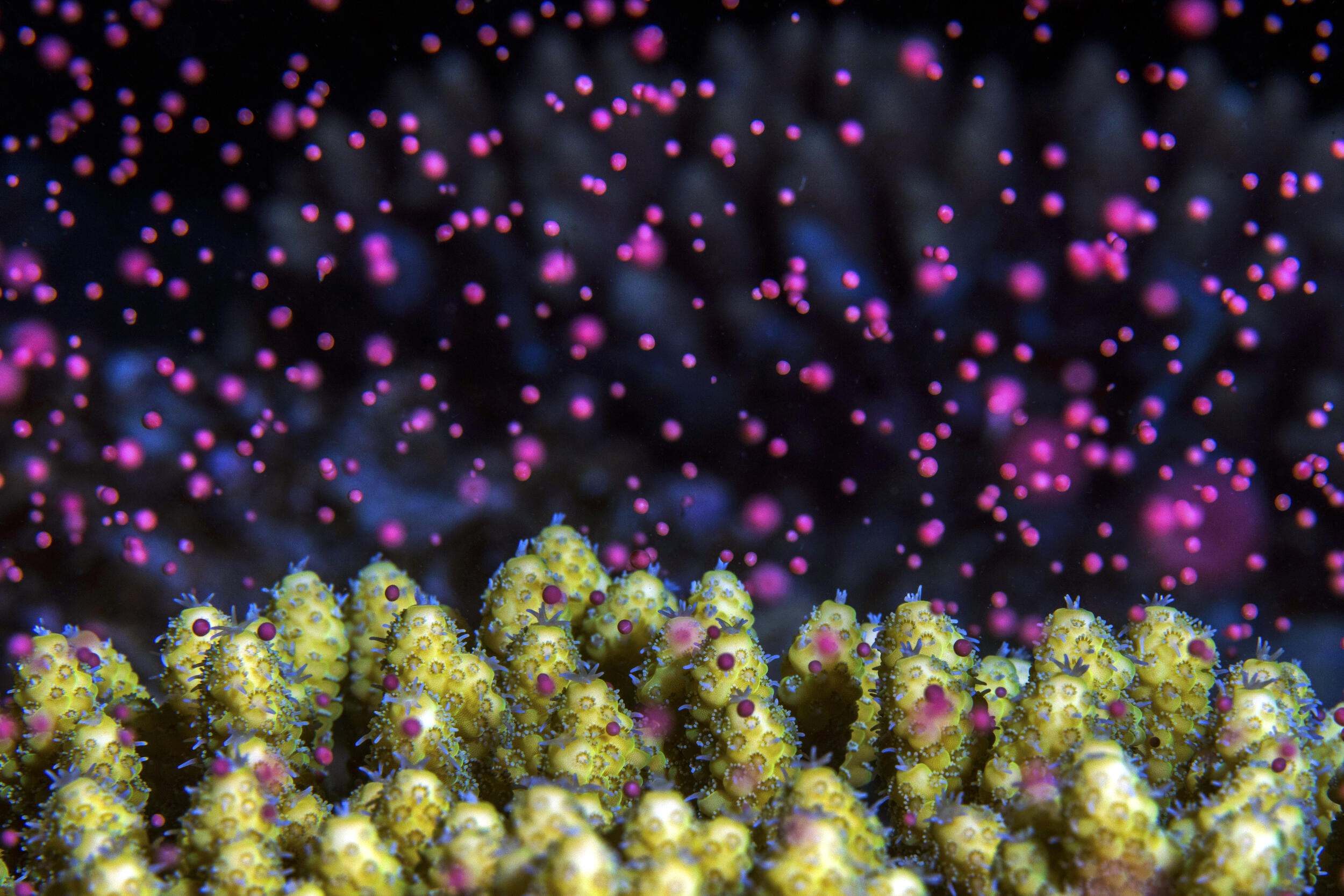Countries around the world are taking actions to promote coral reef conservation and management. For example, many countries are working to expand protection of coral reef habitat by designating Marine Protected Areas (MPAs), one of the most widely used methods for protecting coral reefs. It has been observed that coral reefs rely heavily on ocean currents that provide new recruits from near and far locations. These connections are known to be a key ecological support system for coral reefs and studies suggest that reef connectivity influences community-level biomass, population persistence, resilience, and species diversity. However, since connectivity is typically not incorporated into regional design processes, studies have shown that MPA networks rarely achieve their full potential. A key challenge in the MPA network design process is to identify the appropriate size, spacing, and location of MPAs to secure sufficient connectivity processes that will maintain a healthy functioning ecosystem.
In this study, larval dispersal was modeled across coral reefs in the Caribbean and Gulf of Mexico to identify important reef connections on a regional scale. A spatially explicit connectivity model was used to model coral population connectivity based on a 30-day maximum larval dispersal period across eight spawning events from 2008-2011. This information was then used in the conservation planning software Marxan to identify coral reef priority areas that meet conservation targets while maintaining important connections between reef populations. The results suggest that 77% of coral reefs in the Caribbean and Gulf of Mexico with a high regional connectivity value are not included in existing MPAs. Researchers quantified and reported larval connectivity data by Exclusive Economic Zones (EZZ) and used the connectivity information in a systematic conservation planning program to design a regional MPA network that includes these important reef connections. The study hopes to promote multilateral cooperation in coral reef protection and management, aiding in disturbance recovery and improving reef resilience by identifying important shared reef connections between marine jurisdictions.
Author: Schill, S.R., G.T. Raber, J.J. Roberts, E.A. Treml, J. Brenner, and P.N. Halpin
Year: 2015
View Full Article
PLoS ONE. DOI:10.1371/journal.pone.0144199


